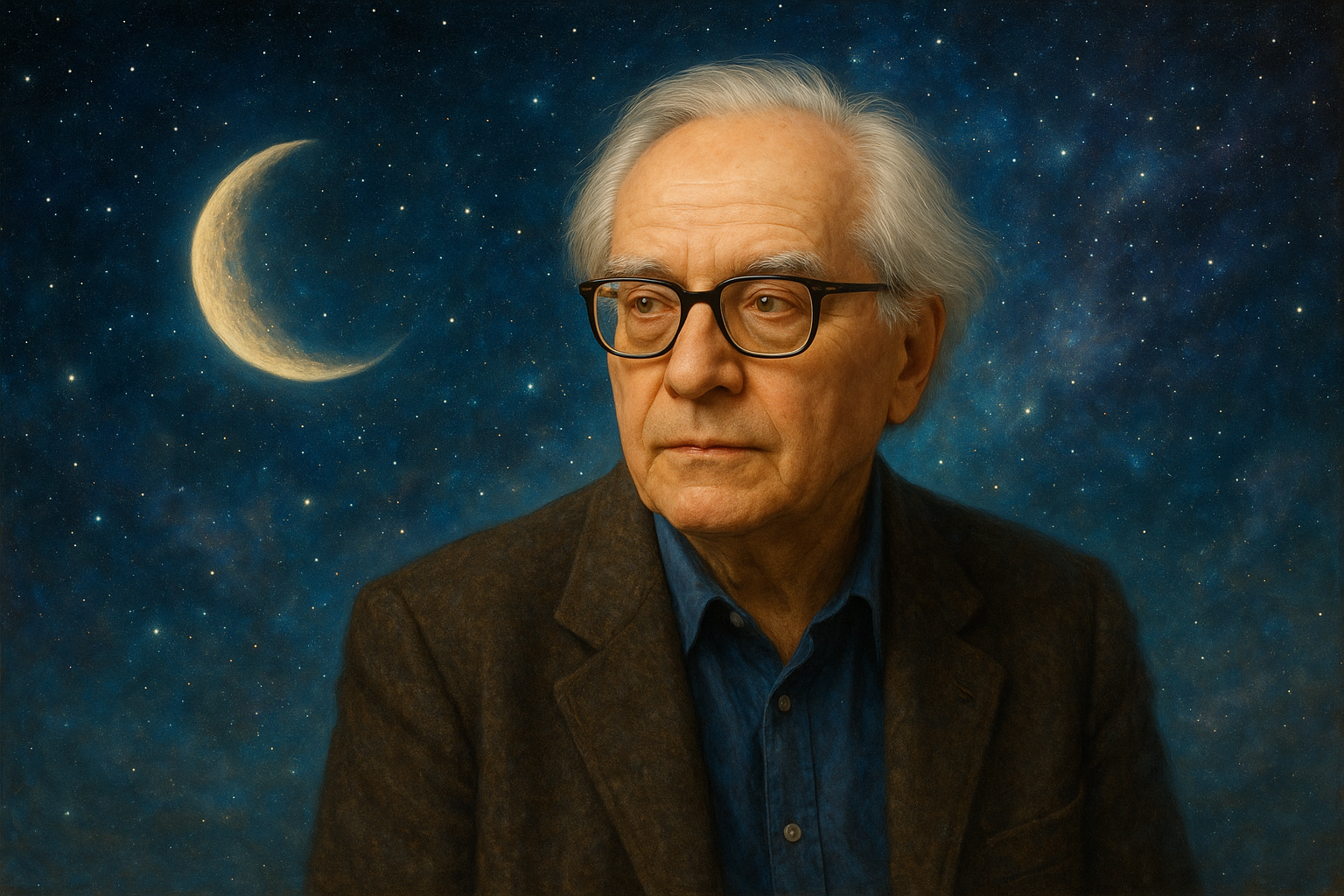Celestial Chords: Olivier Messiaen’s Mystic Harmonies
In the vast universe of 20th-century music, Olivier Messiaen stands as one of the most enigmatic and spiritually evocative composers. His compositions, often described as celestial and transcendent, introduce listeners to a harmonic universe that mirrors his profound religious faith and love of nature.
The Roots of a Mystic Composer
Olivier Messiaen was born in Avignon, France, in 1908, and his influential career spanned much of the 20th century. He was deeply influenced by Catholic theology and mysticism, which became evident in much of his work. Messiaen once said:
“I can find joy in providing a bird its freedom, in prayer, and in studying the poetry of stained glass windows. I’m eager to share this joy with everyone around me.” (Olivier Messiaen)
This passion for intertwining spiritual themes with musical innovation established him as a pivotal figure in modern classical music.
Innovations in Harmony
Messiaen’s music is renowned for its complex rhythmic structures and innovative harmonic language. His work frequently incorporates modes of limited transposition, which give his music a unique and otherworldly quality. These modes serve as the foundation for much of his harmonic innovation, offering an extensive palette of colors that deviate from traditional Western tonalities.
- Mode 1: Whole tone scale
- Mode 2: Octatonic scale
- Additional modes: Created variations that extend beyond standard theories
Through these modes, Messiaen crafted harmonies that suspended in time, eliciting a sense of the eternal and transcendent. The juxtaposition of sharp contrasts and tranquil passages is a hallmark of his compositions.
Nature and Birdsong
Another striking characteristic of Messiaen’s works is his profound appreciation for nature, particularly birdsong. He tirelessly transcribed bird calls and incorporated them into his music, believing that birds were the ultimate musicians closest to the creator. His extensive catalog of compositions, including Catalogue d’oiseaux, showcases his ability to weave these natural sounds into a complex yet harmonious tapestry.
For Messiaen, birdsong resonates with divine beauty. He remarked:
“I have always tried to remain close to the sky, the birds, and to the God whom I adore.”
Spiritual Themes and Inspirations
Messiaen’s devout Catholic faith permeated his work, with many compositions directly inspired by biblical stories and religious themes. His monumental Turangalîla-Symphonie and La Nativité du Seigneur are deeply rooted in spiritual exploration. The Quartet for the End of Time, composed during his internment in a German POW camp, remains one of his most celebrated works. Inspired by the Book of Revelation, it encompasses a profound reflection on time, eternity, and redemption:
“In homage to the Angel of the Apocalypse, who lifts his hand to Heaven saying, ‘There shall be time no longer.’” (Olivier Messiaen, Quartet for the End of Time)
Legacy and Impact
Messiaen left an indelible mark on modern music through both his compositions and his teachings. Among his students were some of the most influential composers of the later 20th century, such as Pierre Boulez and Karlheinz Stockhausen. His explorations in rhythm, color, and structure opened new pathways for generating emotionally and intellectually stimulating music.
He believed music had the power to transcend the mundane, attaining a spiritual plane that reflected the divine:
“To work is to pray. Music is a revelation higher than all wisdom and philosophy.”
Conclusion
Olivier Messiaen’s work continues to inspire musicians and audiences with its otherworldly harmonies and deep spiritual resonances. His fusion of faith, nature, and musical innovation generates a timeless quality that underscores his belief in music as a universal language of the soul.
For more insights into the life and music of Olivier Messiaen, readers can explore additional resources that delve deeper into his enduring legacy and mystical compositions.
